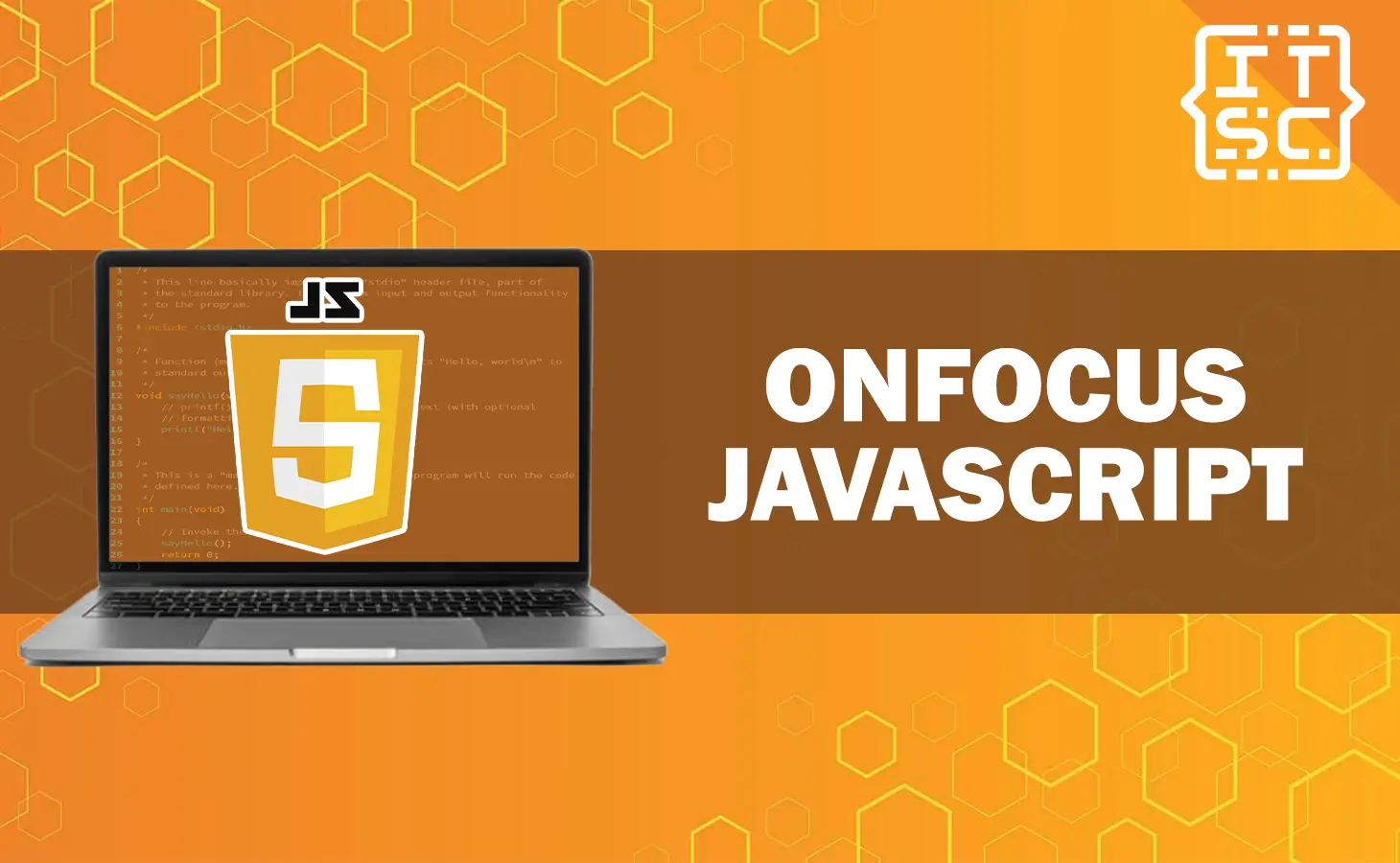One of the effective methods to improve user interaction is by using the JavaScript onfocus.
This event triggers when an element acquires focus, such as when a user clicks on an input field.
In this article, you will learn the concept of onfocus JavaScript with examples that demonstrate its practical applications and benefits.
What is onfocus JavaScript?
The onfocus event is an important tool in a web developer’s toolkit. It is used to execute a function when a user selects an input element, making it especially useful for form validation and improving user experience.
By adding an onfocus event to an input field, you can create dynamic actions that guide users through the input process.
Enhancing Form Usability
One of the most simple applications of onfocus is in enhancing form usability.
Consider a user registration form where users are needed to provide their email address.
By implementing onfocus, you can show a helpful tooltip or placeholder text within the input field, instructing users on the normal format.
This assists users in correctly inputting their data, decreasing errors and frustration.
Real-time Data Validation
Onfocus JavaScript can also play an important role in real-time data validation.
Suppose, you are designing a login form, and you want to assures that the password meets specific criteria.
By using the onfocus event, you can immediately check the password strength as users type, providing immediate feedback.
This method encourages users to create strong passwords and helps avoid security breaches.
Customizing User Interface
With onfocus, you can create a more fascinating user interface. Imagine you are creating a search bar for an e-commerce website.
When users click on the search input, you can use the onfocus event to expand the input field, explain search suggestions, and provide a visually engaging search experience.
Managing Accessibility
Web accessibility is important for ensuring that all users can navigate your site.
Onfocus JavaScript can add to accessibility improvements. When a visually defective user interacts with an input element, you can trigger an audio cue or adjust the screen reader focus to guide them through the input process smoothly.
Practical Examples of onfocus JavaScript Implementation
Example of Interactive Input Placeholder
<input type="text" id="fullname" placeholder="Enter your Full Name" onfocus="this.placeholder = ''" onblur="this.placeholder = 'Enter your Full Name'">
In this example, the placeholder text will fade when the user clicks on the input field, providing a cleaner interface for input.
Example of Password Strength Indicator
<input type="password" id="password" onfocus="checkPasswordStrengthValue()">
<div id="password-strength-indicator"></div>
<script>
function checkPasswordStrengthValue() {
// Code to assess password strength and update the indicator
}
</script>
This example displays how onfocus triggers the checkPasswordStrengthValue function, which constantly evaluates the password strength and updates the symbol.
Example of Expanding Search Bar
<input type="text" id="btnsearch" class="collapsed" onfocus="expandSearchValue()">
<style>
.collapsed {
width: 100px;
}
.expanded {
width: 150px;
}
</style>
<script>
function expandSearchValue() {
document.getElementById("search").classList.remove("collapsed");
document.getElementById("search").classList.add("expanded");
}
</script>
In this example, the search bar expands upon achieving focus, providing more space for the user’s input.
FAQs
While the onfocus event is simply used with input elements, it can also be applied to other focusable elements, such as buttons and links.
Yes, the onfocus event is supported by all major web browsers, assuring persistent functionality across various platforms.
Onfocus improves accessibility by enabling developers to provide additional cues, such as audio feedback, when users interact with focusable elements.
Conclusion
Incorporating onfocus JavaScript events into your web development projects can significantly improve user interaction and user experience.
From form validation to real-time feedback, custom interfaces to accessibility improvements, onfocus opens up a world of possibilities.
By utilizing the power of onfocus, you can create more spontaneous and engaging web applications that keep users coming back for more.

